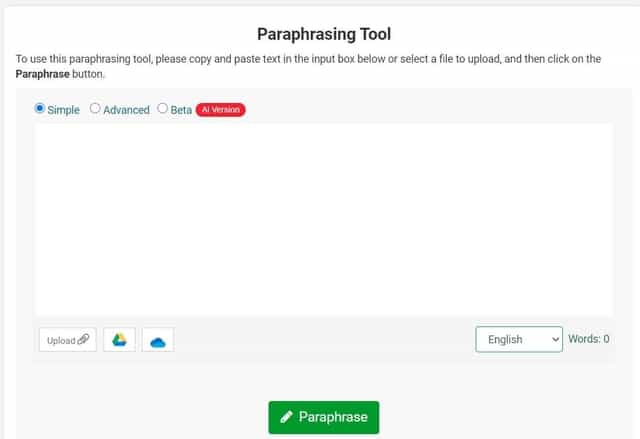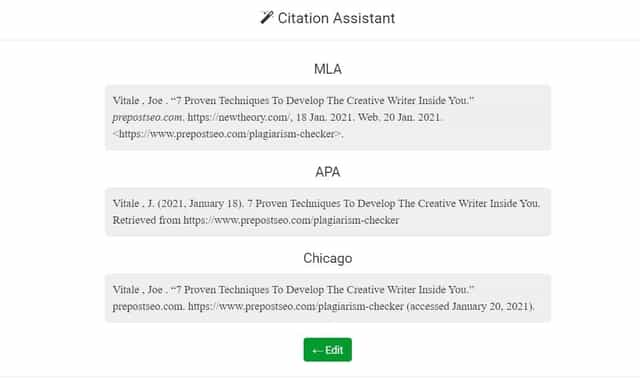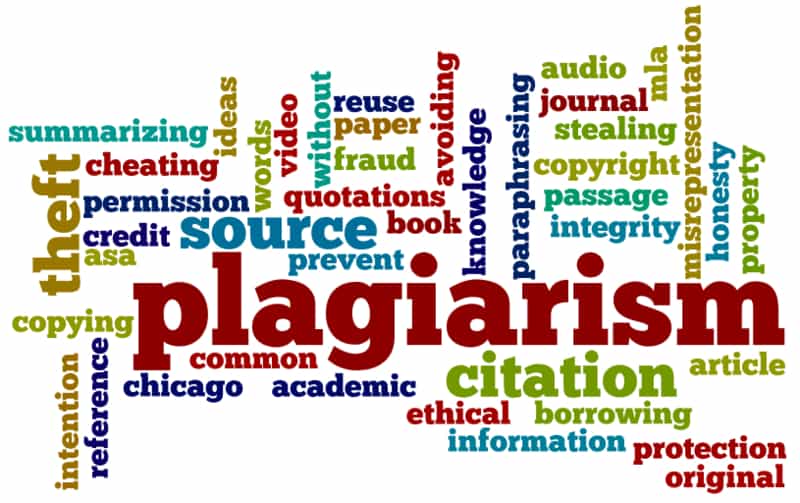As a blogger, you may have heard about the consequences of writing plagiarism and its effects on your blog. Plagiarism-free writing is important for every blogger and it should be implicated in each of your blog posts.
Marketers say that it is better not to publish content than to post plagiarized content, regardless of whether it affects your consistency of publication.
If you don’t post a blog entry on your blog, it probably won’t have a greater impact than using the content of others.
Google hates plagiarism and this article will explain more about Google’s penalties and how we can write plagiarism-free content.
How harmful is plagiarism to your blog?
Plagiarism means the use of the content on your blog without any citation or other kind of reference. If you believe that you can copy the content of another blog and use it in your post without the consent of the original author, then you are misguided.
Although it will bring up the content to your blog but, this type of article is harmful to your blog and this can stop the success rate of your blogging career.
Nowadays, most newbie bloggers post duplicate content and they usually don’t get any traffic with these posts.
Plagiarized content can affect the SEO of your blog and this will be detrimental to your traffic and therefore your income.
Google and other search engines consider duplicate content as Black-Hat SEO, which affects your SERP ranking, and if you don’t rank at the top, you won’t get organic traffic.
Google is smart at recognizing the originality of your article, and even if you spin or paraphrase the original content, Google will recognize and impact your ranking.
Google always wants to provide the maximum user experience, and how can an experience be unique when you copy content from other resources?
Google Penalties for duplicate content
Google has various algorithms like Panda, Hummingbird, Rank Brain and these algorithms decide the ranking position for a website.
The update of Google Panda increases the restrictions on duplicate content, and if your content is ambiguous, the algorithm will not give you a better position.
This happens most of the time, that when you write a copied content in your blog, your blog does not rank in the top pages, but on the page that gets almost no traffic.
Duplicate content is not useful for users and is not appreciated by search engines because it is already available on the Internet.
Along with the plagiarism-free content, consider the quality of the content, as Google’s bots check the quality and then put the best content at the top to ensure maximum user experience.
Tips on plagiarism-free content for your blog
The best way to write a unique piece is to consider writing your original thoughts. If, for example, you are researching a particular topic, do not try to write the same thing you have read. You should simply get the idea from your research and then write what you understand.
Below, we have listed some of the best ways to consider when writing an article for your blog:
1. Paraphrasing the original content
This is an easy way to make your content unique. If you check the content with a plagiarism checker and you get plagiarism in it, you can use a paraphrase tool to make it unique.
A paraphrasing tool is an online tool that changes the words of the writing to make it look unique and make a difference between the source and your font.
The most amazing thing about the paraphrasing tool is that it retains its original meaning while changing most of the words.
The paraphraser takes seconds to plagiarize your content, but remember that the paraphrased content is also a kind of plagiarism and not as useful as the original content.

2. Use Citation to refer to the original author
If you need to include the exact wording in your blog article, but it causes plagiarism, the citation method may be useful for you.
The Citation is to mention in your letter the references of the original author, the editor, and the publisher to pay tribute to them.
There are various methods of quoting and using them can help to make your content plagiarism-free. Now, quoting does not mean using all the content, but you can take a few sentences as an example or authenticate your content.
Citation is usually common in journal articles, research papers, and dissertations, but now it is also important for bloggers to mention the original author.
There are various citation tools available that you can use to cite your text. They work automatically and quickly to find and mention the reference.

3. Use the Quotation method
The citation method is another way to make your content free of plagiarism, and this is also an easy way to do it.
In your sentence, you only need to add the quotation marks around the sentences you have taken from another website.

When you add the quotations to your text, the sentences become prominent and the user can see that this text is just for example and reference.
Content marketers and authors suggest adding the citation/ reference along with the quote because it makes your content authentic and possibly avoids the author’s DMCA.
Conclusion
Content is one of the important factors in the ranking on Google and remembers, the majority of SEO factors mainly on-page is based on content.
If your content is not effective and unique, you are less likely to be ranked higher. Google and other search engines may not consider your site to be higher if you use the plagiarized content.


